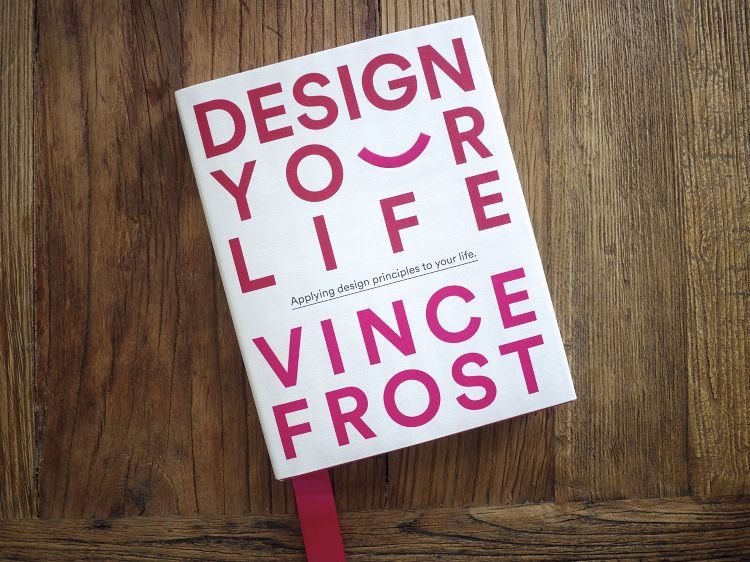This month’s Day in the Life feature takes us outside of the traditional office and brings the ‘outdoors in’ by following the footsteps of two very busy ladies who run their own Landscape Design business called Sticks & Stones (catchy huh?!).
Here’s Julie and Fiona’s take on the life of a Landscape Designer:
Name: Julia Thomas & Fiona Ericsson
Position title: Business Owners/Landscape Designers
Organisation: Sticks & Stones Landscape Design Pty Ltd
Website: www.sticksandstonesld.com.au
Tell us about your business – what does it do?
We are primarily a Landscape Design company. We have found ourselves diversifying as opportunities have come to us. As well as design, we also project manage, offer seasonal garden maintenance, drafting services and horticultural advice.
Why did you start it?
To have a flexible business that worked for us.
What was the biggest challenge in your startup phase?
Building a strong client base.
Tell us about a typical working day for you: What time do you wake up?
Julia: It changes every day. Sometimes we have to be on site at 7am, so will be up at 5:30am. Other days we are just working from home, so whenever, but I like to keep structure and routine, (Julia,) so I get up at 8:30am regardless.
Fiona: Around 6am.
What is the first thing you do when you wake up?
Julia: Turn on the coffee machine, I can’t function well without my fix.
Fiona: Let the dog out and wake the children up!
How do you have your breakfast: on the go, work brunch, meal with the family first etc?
Julia: Fi and I have very different mornings. She has a family to attend to in the morning. I get up to no one being home, (unless one of my housemates called in sick.) I either have oats at home or big lunch later if I don’t get time to eat before a site meeting. I always make up for it with and extra coffee.
Fiona: Every day is different. As the business has got busier I have been less structured. Usually breakfast is on the go now.
How do you get to work, how long does it take?
Julia: I don’t have to commute anywhere. My office is in my apartment, fantastically convenient! Fi has an office space in an architectural firm. This allows her to have a clear divide between work and the family.
Fiona: Car. When we are on site it can take up to 45mins, if I’m at my hot desk about 5 mins or I work from home.
We are constantly provided with exciting opportunities, i.e. writing blogs, photographing, public speaking, designing cafes, the opportunities to grow are endless
What time is lunch?
Julia: Generally working from home I just have leftovers at my desk. Or if I am out working all in meetings and so forth, Fi and I will go for lunch together in some sort of café.
Fiona: On the go or at home.
What are the typical things you do every day?
Julia: Exercise, drink coffee, make lists and tick things off
Fiona: Design work, client liaising, planning jobs and talking with suppliers.
What decisions do you make and what is their impact?
Julia: Decide on materials, plants, how to use a space.
Fiona – Julia and I consult on all decisions. This ensures we are both across every aspect of each job
What do you love most about your job?
Julia: The diversity, flexibility and the opportunity to work outdoors, with plants and with people, creating beautiful spaces, and the potential to keep evolving. We are constantly provided with exciting opportunities, i.e. writing blogs, photographing, public speaking, designing cafes, the opportunities to grow are endless!
Fiona: Being creative, working outside, flexibility and the people in the industry are really cool.
How do manage all the tasks you need to do?
Julia: Being extremely organised and efficient. Writing a list is extremely important, and so is sticking to it! Even if I have to add things to the list, I at least can refer back to it.
Fiona: Julia has incredible organisational skills and she has set up Basecamp to monitor tasks. In addition to the design work, generally, Julia looks after all IT and I do accounts.
When is home time?
Julia: There isn’t really a specific “home time”. Sometimes we work until 12am after starting at 6am. Sometimes we finish at 3pm. It just depends on what job we have on and how busy we are at that time. Running your own business, you don’t ever really turn off.
Fiona: This is tricky when you have your own business. We work to the job so sometimes we don’t switch off until very late in the night.
How do you relax when you do get home?
Julia: Watching TV, reading a book, exercising, socialising with friends and having a few drinks at the end of the week, or day, depending on how long it was!
Fiona: I enjoy a glass of wine once the children are in bed and the house is quiet!
How do you manage the balance between work and personal life?
Julia: This can be very difficult. It’s just a matter of understanding that sometimes your workload will out-balance your personal life, and then sometimes your personal life will out-balance your workload, so in turn it all balances out.
Fiona: Not very well at the moment!. As we are a new business it’s mostly all work. Although, we are getting better with time management and realising the importance of achieving a balance.
How has the work environment/business changed from when you first began?
Julia: Hugely! When we first started, I was working full time at another 9-5 job and squeezing in the drafting/site visits and so forth on the way to work, after work and before work. Now we have built up our business enough to sustain the both of us.
Fiona: It’s much busier. The structures that Julia put in place have been fantastic so we are super organised now. The bottom line in the bank account is looking better too.
Who and/or what inspires you?
Julia: Seeing a yard or space transform from what it was before, to the final product is inspiring, along with the clients reaction.
Fiona: Working Mums who seem to have found the balance of work, life and family. New York and Thomas Church.
Why do you do what you do?
Julia: I love working with plants and people and in a creative field. The opportunity to express yourself through plants and design is something very special.
Fiona: It makes me happy.
Sometimes your workload will out-balance your personal life, and then sometimes your personal life will out-balance your workload
What are your tips for other landscape designers?
Julia: Pay attention to the client’s needs and apply them through the design. Spend more time marketing and networking as this is extremely crucial in a field that relies on a product that is a luxury, not a necessity.
Fiona: Join the AILDM (Australian Institute of Landscape Designers and Managers) and get networking.
How do you define success?
Julia: A success is measured in many different ways. It can be meeting your own goals that you set for yourself, or overcoming a challenging issue on site or with a client.
Fiona: By referrals.
What challenges have you faced and how do you overcome them?
Julia: I have faced public speaking on many occasions, something I didn’t think I would ever have to do when I entered this industry. Showing your design for the first time is extremely intimidating, but once you get over the first few presentations, you become more confident. Networking has been very challenging, but the more I do it, the easier it becomes, just like anything.
Fiona: We plan for the quiet time when we are busy. Having a clear business plan has been really helpful. The business partnership has been a great experience; challenging, inspiring and motivating. We have lots of discussions to work out the best approach.
 Siân Edwards
Siân Edwards
Siân Edwards is a Sydney-based communications professional with experience working in public relations, media and marketing roles in both the private and public sector. She holds a Bachelor of Communications (Journalism) and is passionate about writing and sharing information through different mediums. With an endless thirst for knowledge, particularly in the areas of digital marketing and social media, Sian is a true believer of ‘lifelong learning’. When she’s not working in the corporate world, she is out and about exploring Sydney and beyond for her popular food and travel blog and building on her skills as a freelance writer and editor.



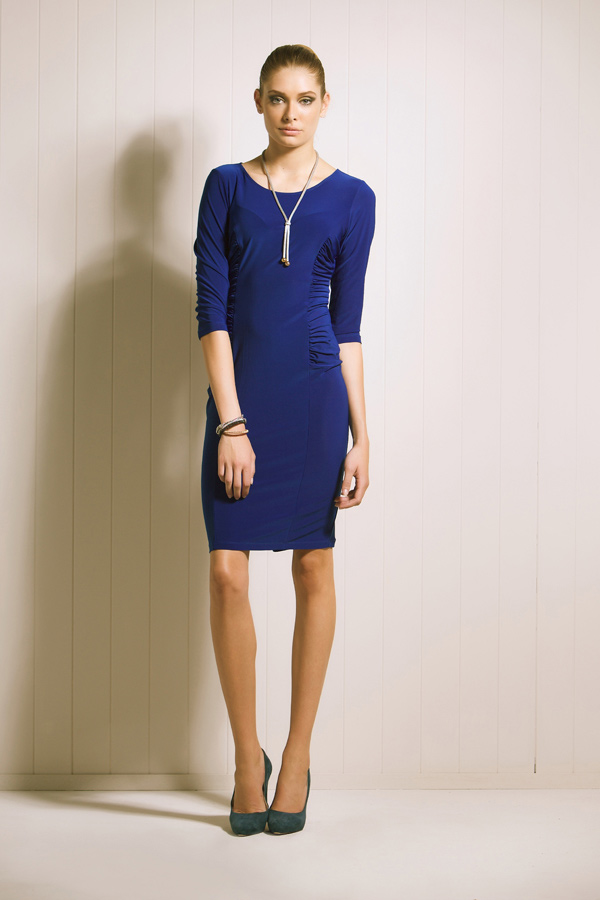
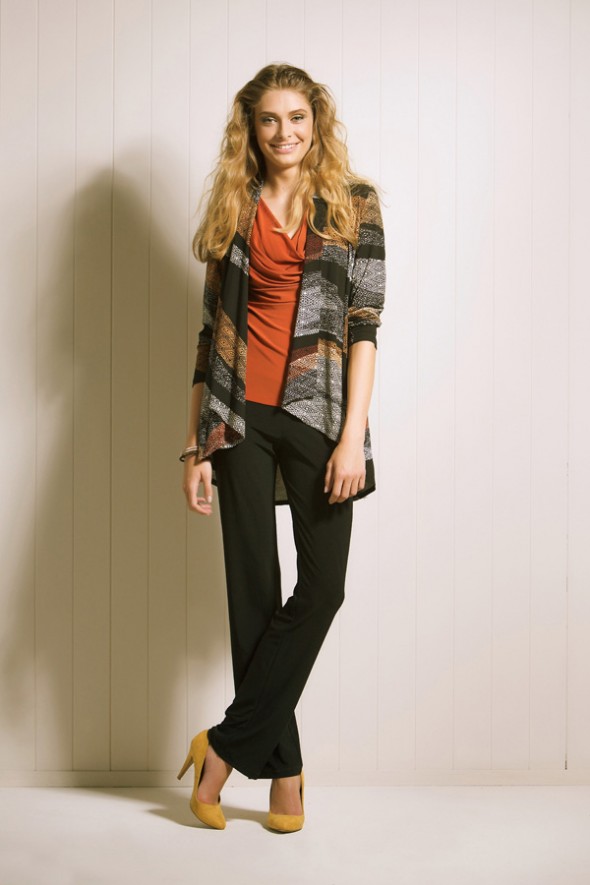

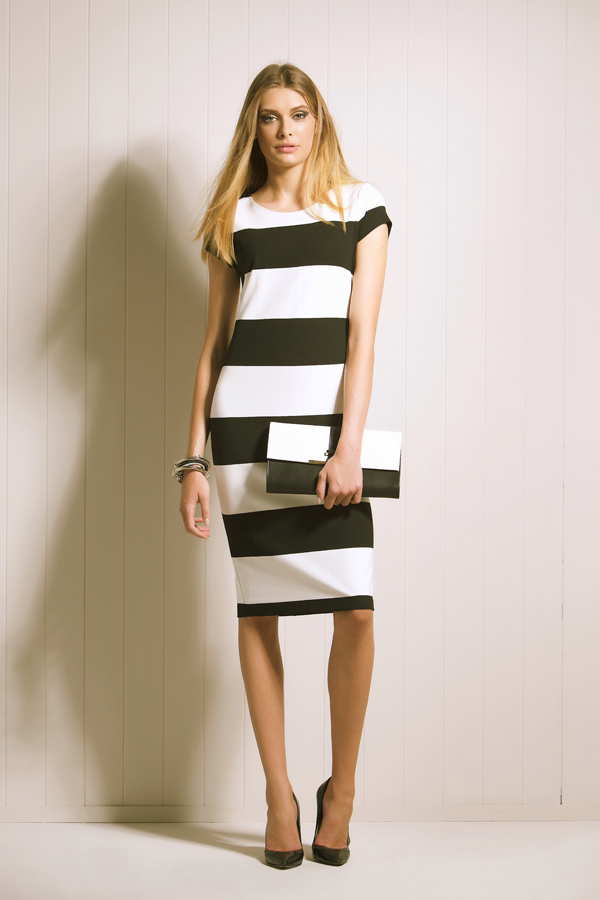
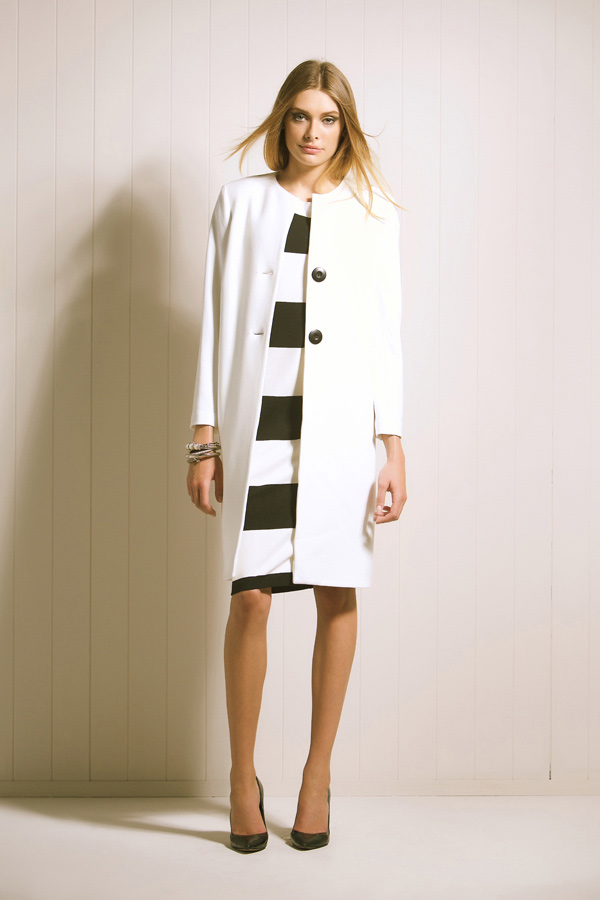





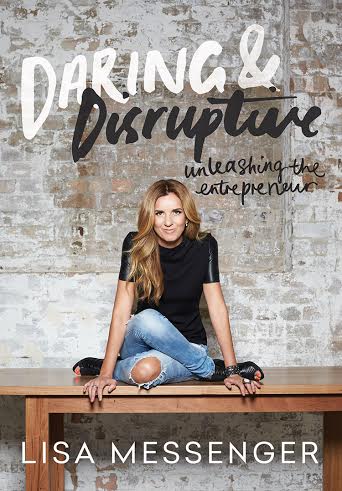
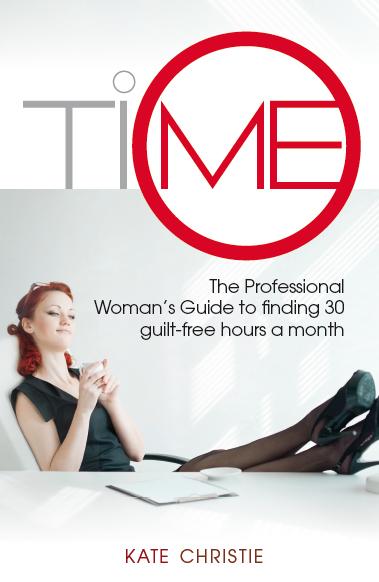
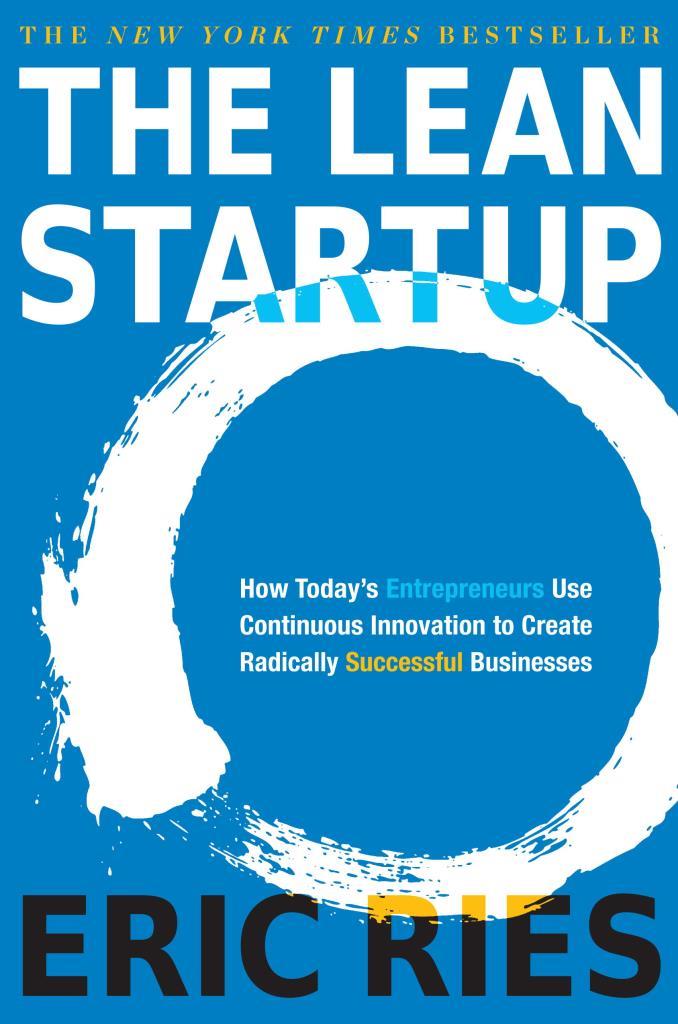 4. The Lean Startup
4. The Lean Startup
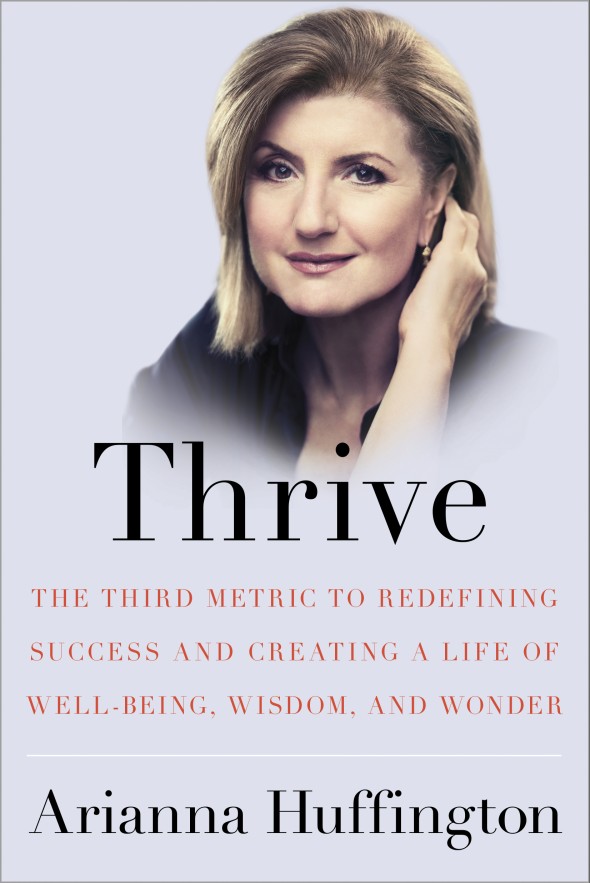 6. Thrive
6. Thrive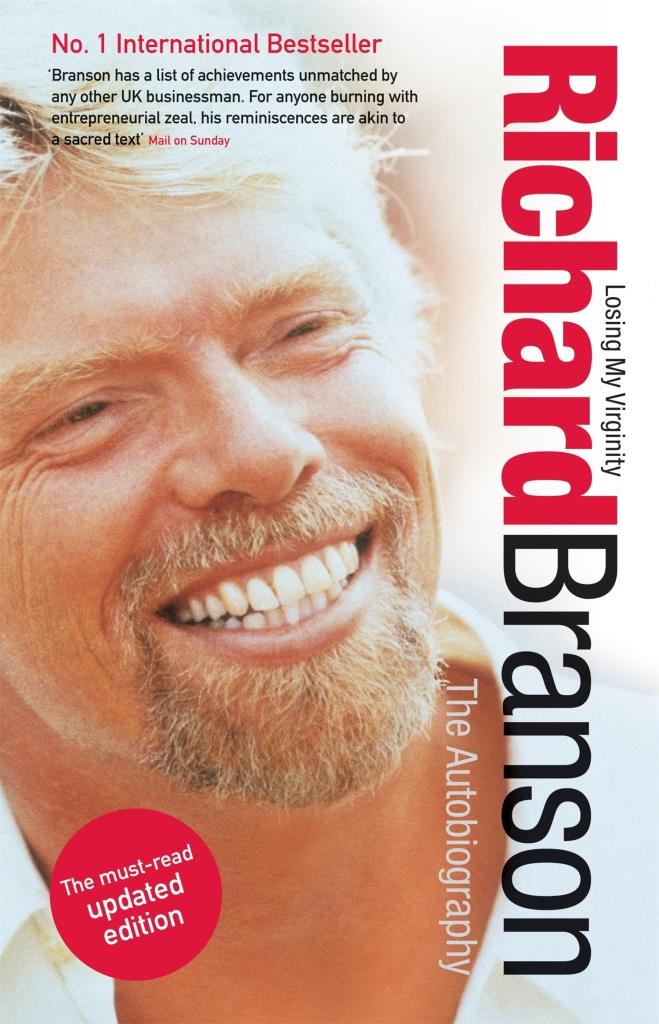
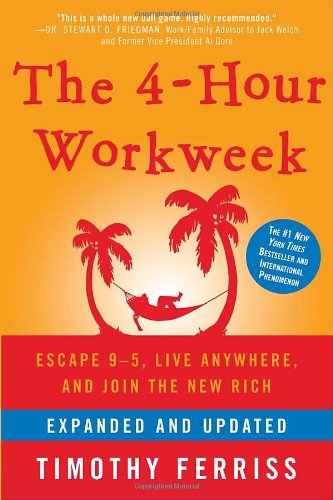
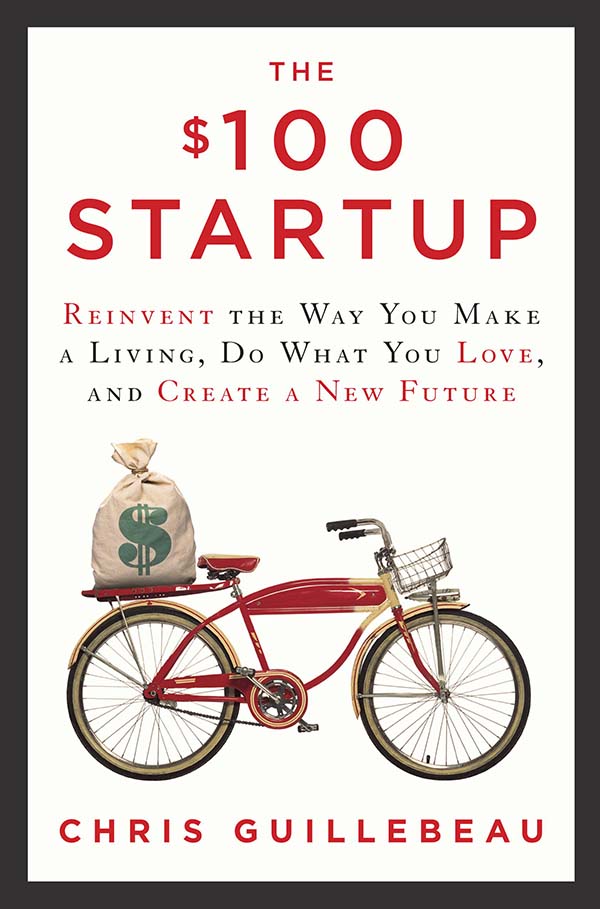 9. The $100 Startup
9. The $100 Startup